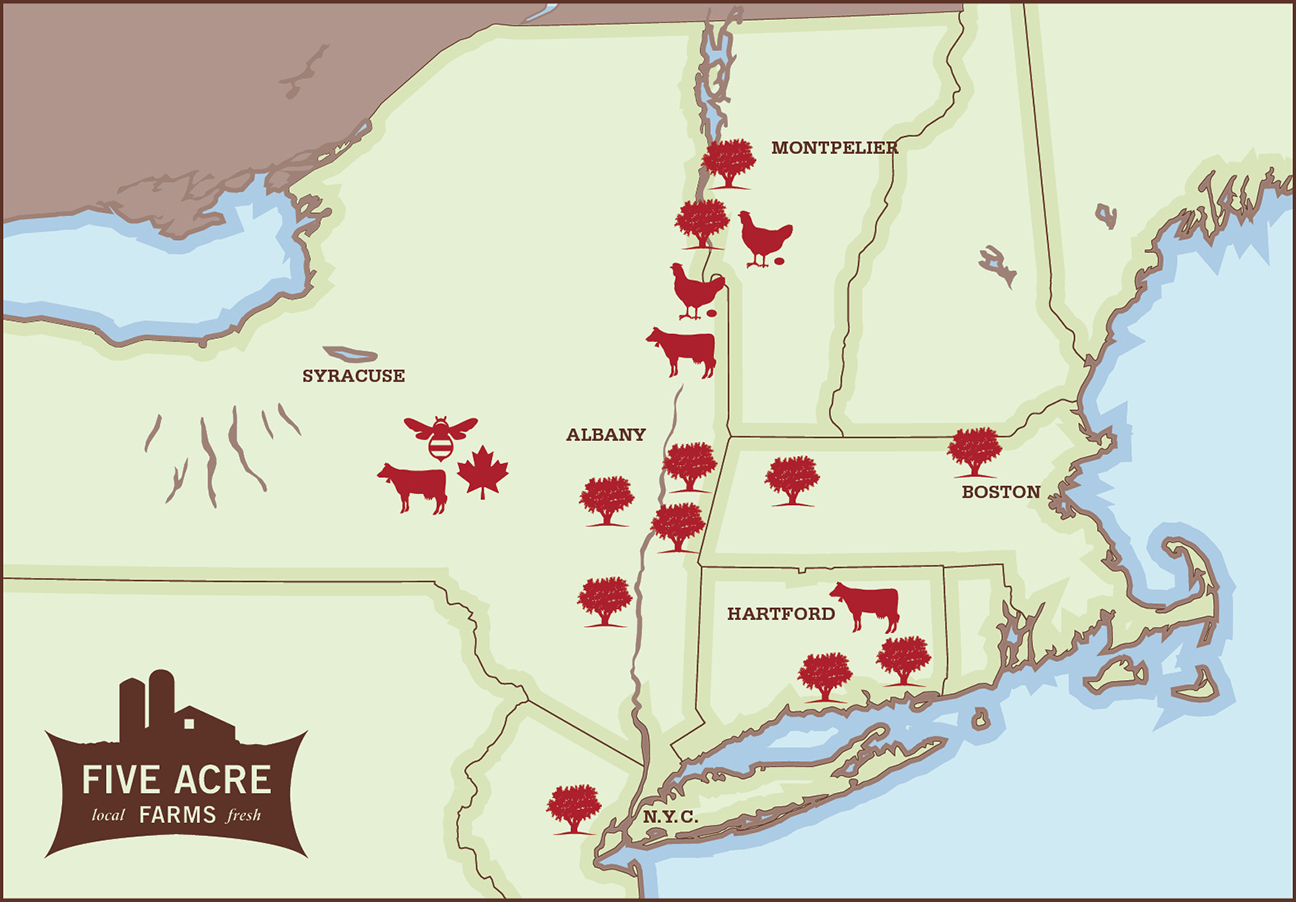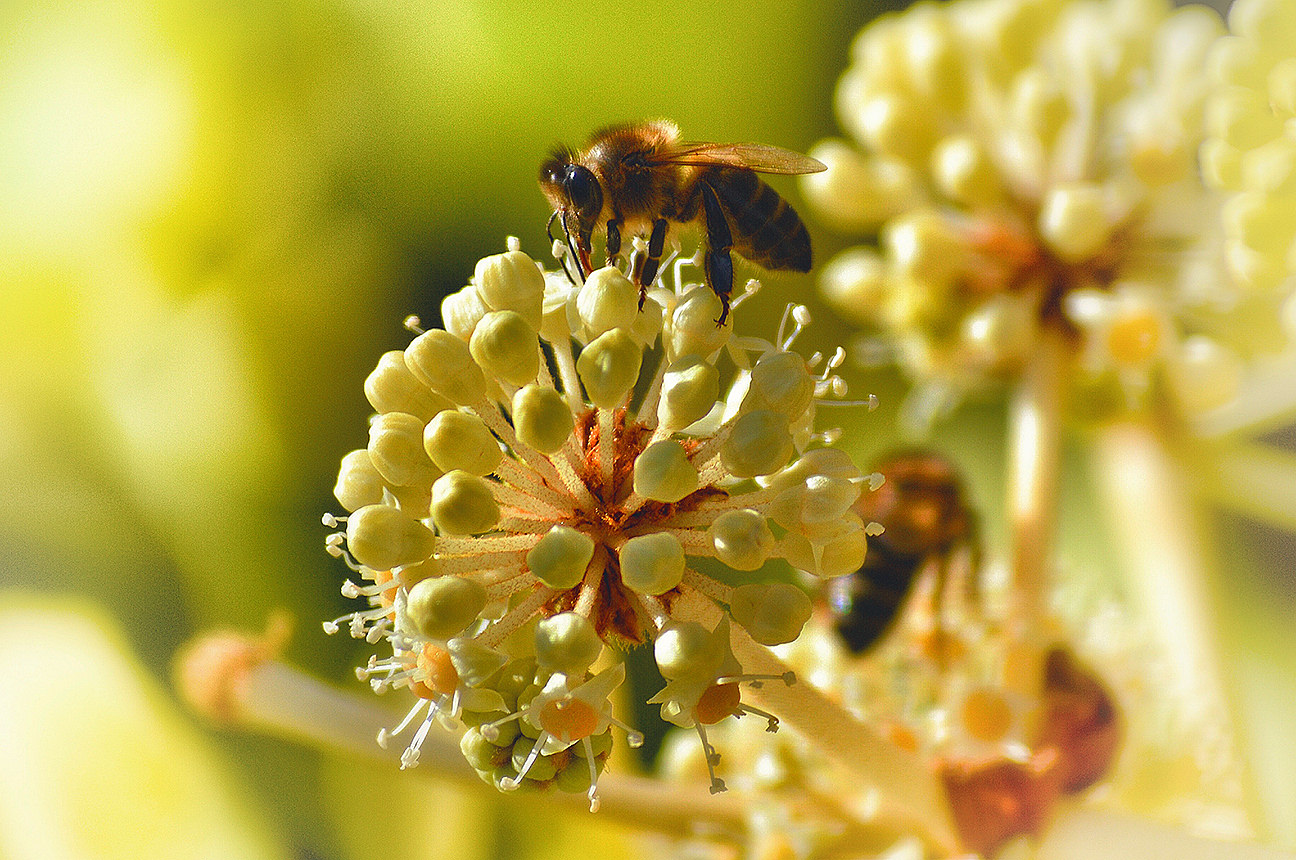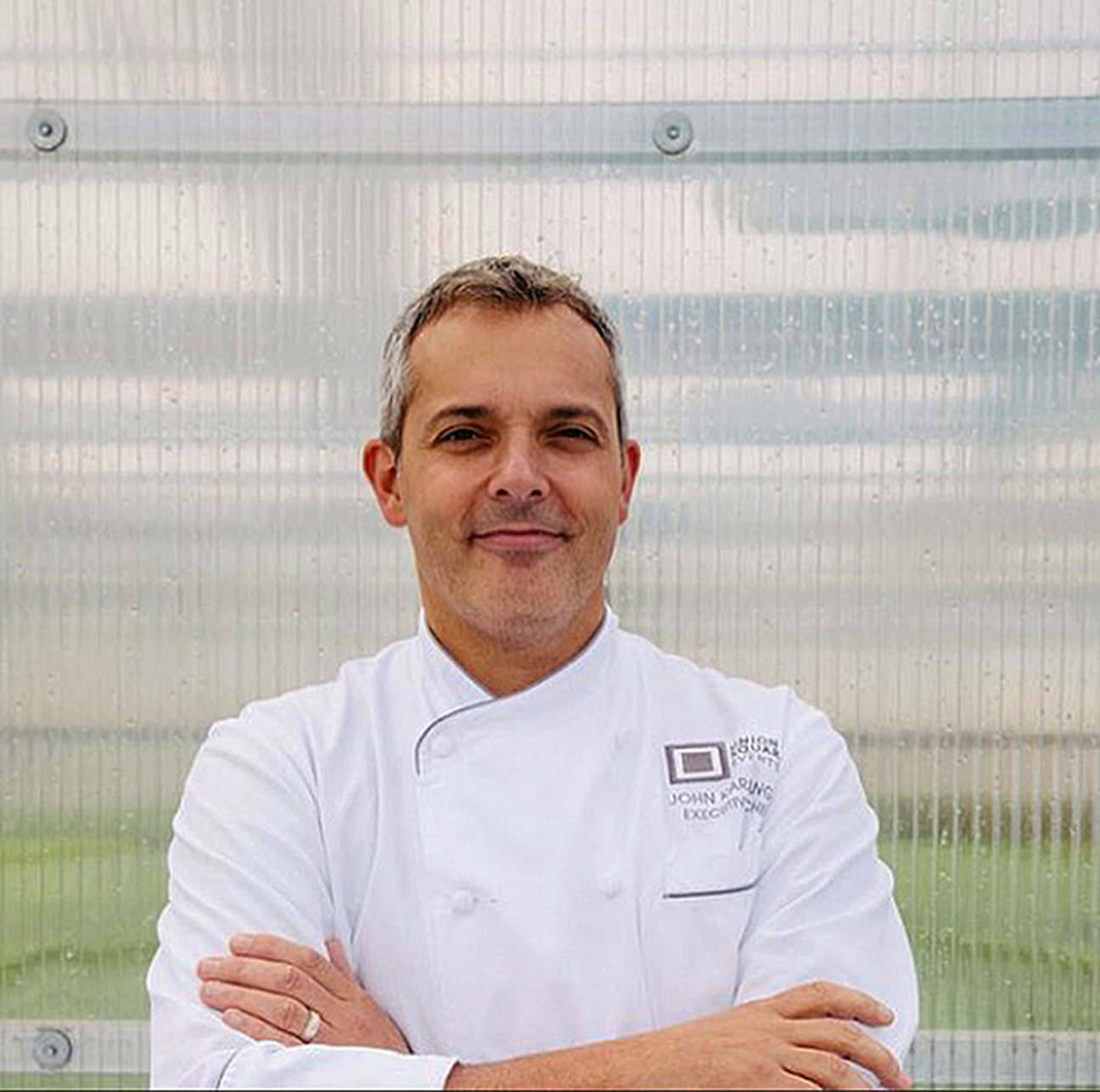![]()
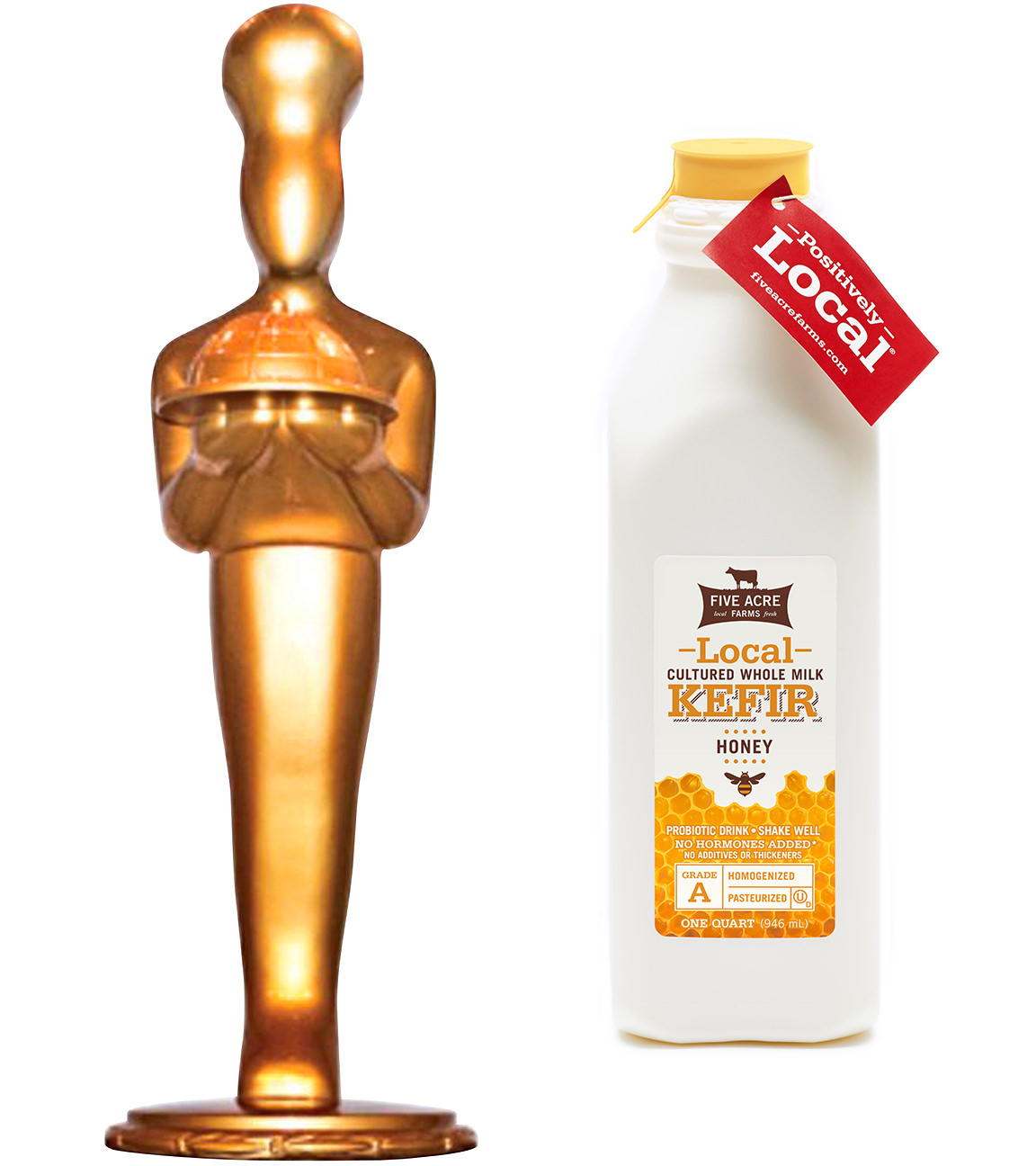
We’re thrilled that our Local Honey Kefir has been awarded the 2017 SPECIALTY FOOD ASSOCIATION GOLD SOFI AWARD, an honor recognizing its taste and quality. To make our kefir, we work closely with our partners at SUNRISE FAMILY FARMS, who share our focus on turning out great-tasting dairy products by using pure ingredients and keeping it simple. We start with the best local whole milk from cows cared for by outstanding local farmers and add 12 carefully selected live cultures. We then create this kefir’s delicate flavor by adding just the right amount of local honey from bees kept seven miles from the dairy, which pollinate orchards on the neighboring farms. Our kefir is pasteurized and homogenized, and we never use any artificial sweeteners, additives, thickeners, gums or stabilizers.
Like all FIVE ACRE FARMS products, our Local Kefir is sourced and produced within 275 miles and sold in retail locations and top restaurants throughout New York City and the Tri-State Region. We sell Milk, Buttermilk, Half & Half, Heavy Cream, Greek and Regular Yogurts, Cage Free Eggs, and seasonal Apple Cider. Each package specifies the farm where that batch of the product was made.
FIVE ACRE FARMS brings the best-tasting local food to grocery stores, restaurants and food shops. We find outstanding farmers using sustainable practices, pay them fairly and tell their stories. Our business helps to create new jobs, promote the local economy, expand access to local food, safeguard the environment, preserve farmland, protect groundwater, and foster proper animal treatment. We call this being “Positively Local®”. To us, that means knowing exactly where our food comes from. It means growing the region’s economy and actively participating in the community. It means restoring the connection between farmer and customer.
